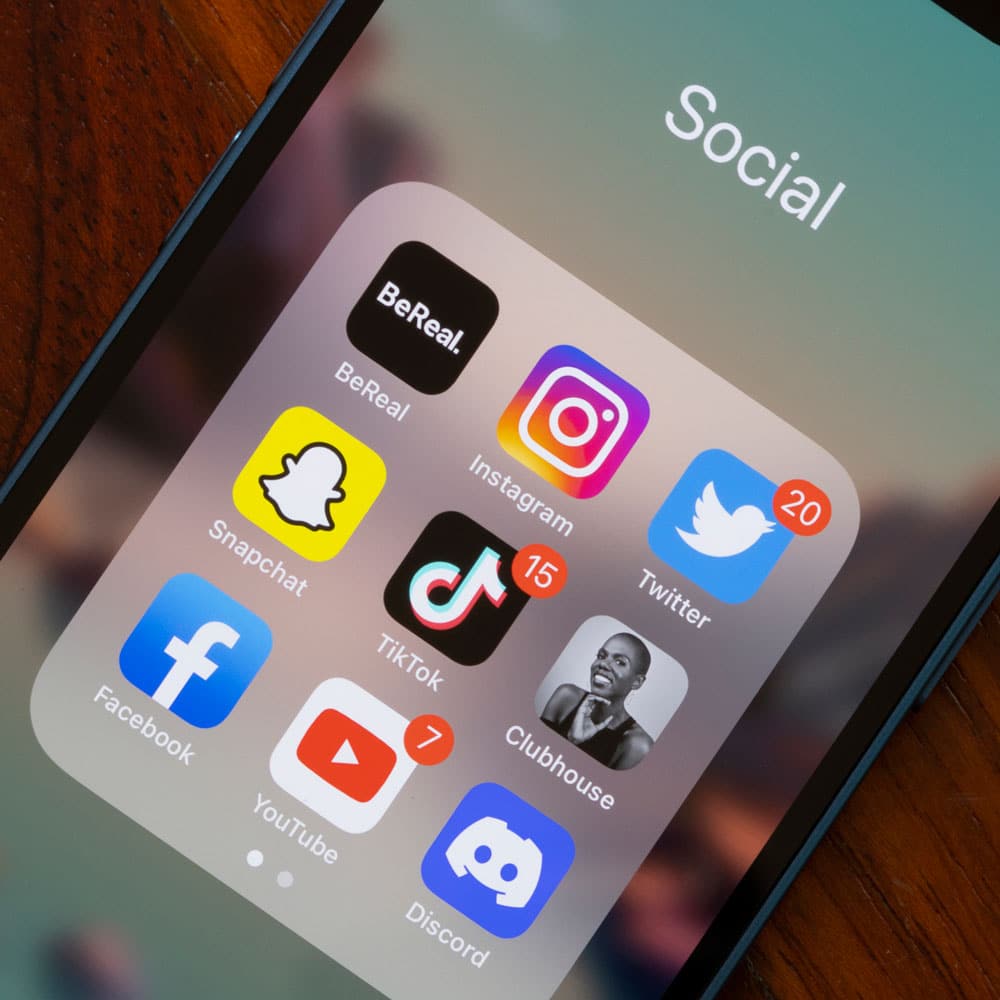By Christa Banister
Whether you love it, loathe it, or fall somewhere in between, 1.2 billion active monthly users help ensure that TikTok is not going away any time soon.
In 2021, the social media app surpassed Google’s popularity, according to a Cloudflare report that tracks internet traffic metrics. And thanks to TikTok’s ever-changing array of content and viral challenges where ordinary people can achieve elusive internet celebrity status, it’s not surprising that people keep coming back.
But for every fun new dance, tasty pasta recipe, or unknown author, singer, or cute kid who rises to popularity courtesy of the app, there’s a growing number of truly dangerous TikTok trends.
Remember the peak stupidity of the Tide Pods challenge? While it’s ridiculous to imagine anyone ingesting something that cleans your clothes, the stakes of bad TikTok trends have only been raised.
Whether it was scaling a milk crate pyramid without breaking an arm or a leg, frying chicken in Nyquil, or swallowing a mound of protein powder before a workout, these stunts have led to serious injuries, hospitalizations, and even deaths. According to the New York Post, the aforementioned “dry-scooping” challenge resulted in a heart attack for one 20-year-old influencer who tried it.
What may seem silly to a reasonable adult is especially appealing to a preteen, teen, or young adult who wants to fit in … or stand out for the wrong reasons.
Considering how young many TikTok users are — Statista reports nearly a quarter of the site’s 2021 users were ages 10-19 — the parts of the brain responsible for impulse control are underdeveloped. Essentially, when TikTok trends turn dangerous, what may seem silly to a reasonable adult is especially appealing to a preteen, teen, or young adult who wants to fit in … or stand out for the wrong reasons.
Other Concerns With Repeated TikTok Use
Considering how many dangerous TikTok trends have caused serious degrees of bodily harm, it goes without saying that good judgment needs to be exercised when navigating the app.

But what often goes unrecognized is the toll it takes on mental health. Nearly six in ten teenagers describe themselves as daily TikTok users, according to Pew Research. During the COVID lockdown, TikTok’s usage was off the charts. Not only were young people in particular seeking connection, but they were using the platform for what’s become known as trauma-dumping. No doubt, being vulnerable about deeply personal things that have happened to you can be a positive exercise when shared in a safe space. But doing so in such a public forum can lead to more trauma, according to mental health and social media researcher Yim Register in The Guardian.
As with Instagram, Snapchat, and other popular social platforms, bad TikTok trends underscore concerns about the hypersexualization of preteens and teens, the proliferation of eating disorders, and extreme measures being taken to alter your appearance. During the popular silhouette challenge, young girls were shown in regular clothes before it switched to their image in lingerie or no clothes at all. The image was then backlit by a red light that showcased their silhouette.
In addition to youths showing more skin than most parents are comfortable with, TikTok is a free app that poses serious security concerns. Like most social mediums, your user data is collected which helps tailor the content you might be interested in. But you also don’t know who might be seeing that footage from the silhouette challenge or anything else you choose to post. According to Newsweek reporting, TikTok has become fertile ground for many hackers.
Making Mental Health a Priority
Fortunately, the conversation surrounding mental health has become more destigmatized post-COVID, and NBCNews.com says that TikTok is providing new mental health resources for its users. For those struggling with suicidal ideation or eating disorders, they offer a global list of crisis hotlines.
Mental health and personal wellness videos have definitely been trending on TikTok, with the #MentalHealth hashtag viewed more than 13.5 million times on the app. While many experts note the emphasis on healthy mental health conversations is a step in the right direction, others believe that disclaimers can only go so far in actually helping people.
While many experts note the emphasis on healthy mental health conversations is a step in the right direction, others believe that disclaimers can only go so far in actually helping people.
The bottom line? It’s important to proceed with caution when it comes to TikTok, for your physical, emotional, and mental health — and for your safety — especially for young users.
At the Claudia Black Young Adult Center, our trusted professionals help young adults ages 18-26 address emotional trauma, addiction, and mood disorders in a safe space. Our treatment options are tailored to your specific needs and are as unique and diverse as you are. Find out more about how we can help you can change your story.

